Embracing Passive Architecture in India: A Guide to Energy-Efficient Homes
 India's residential buildings account for 24% of the country's total electricity consumption. With rising temperatures, the demand for air conditioning is ballooning and putting a massive strain on an already strapped power grid. The solution lies in embracing passive architecture - an approach to building design that leverages natural elements like sunlight and ventilation to reduce reliance on artificial heating, cooling and lighting.
India's residential buildings account for 24% of the country's total electricity consumption. With rising temperatures, the demand for air conditioning is ballooning and putting a massive strain on an already strapped power grid. The solution lies in embracing passive architecture - an approach to building design that leverages natural elements like sunlight and ventilation to reduce reliance on artificial heating, cooling and lighting.
This article guides architects, builders and homeowners on leveraging passive design to create sustainable, energy-efficient homes perfect for India's hot tropical climate.
Understanding Passive Architecture and Its Importance
Passive architecture refers to the science of designing buildings that require minimal artificial heating, cooling or lighting. It utilises natural energy from the sun, wind, vegetation and terrain to maximise comfort for occupants while minimising energy consumption.
In India's predominantly hot climate, passive design principles can substantially reduce electricity usage and carbon footprint. The country is expected to add 273 million urban dwellers by 2050, so promoting energy-efficient residential buildings is crucial. Passive architecture presents an ecologically conscious and cost-effective solution.
Key Principles of Passive Design
Passive buildings incorporate design strategies focused on:
- Thermal Performance: Maintaining comfortable indoor temperatures with minimal reliance on heating/cooling systems.
- Daylighting: Maximising natural light ingress to reduce artificial lighting.
- Natural Ventilation: Facilitating air flow through openings to reduce fan usage.
- Smart Orientation: Positioning the building to optimise sun, wind and other natural elements.
Benefits of Passive Architecture in India
The passive approach is especially impactful in India due to the hot tropical climate. Key benefits include:
- Reduces air conditioning electricity usage by 40-60%
- Cuts lighting costs by 30-80% through daylighting
- Saves 20-30% energy by facilitating natural ventilation
- Enhances occupant health via improved indoor air quality
- Mitigates urban heat island effect through cooler buildings
- Lowers carbon emissions through energy savings
Optimal Building Orientation for Indian Homes
Orienting a building appropriately is key for effective passive design in India. The aim is to balance sunlight, heat gain and natural winds to create comfortable living spaces.
Analysing Sun Path and Wind Patterns
Architects use sun path diagrams specific to the building's location and wind rose charts to determine optimal orientation.
The aim is to:
- Maximise north/south facing walls and openings for cross-ventilation
- Limit east/west openings to balance morning/evening sunlight
- Shade west-facing walls from the intense afternoon heat
- Locate living spaces along the north for comfortable daytime temperatures
Real-Life Examples in India
Kamal House in Ahmedabad offers a fine example of orientation for passive design. The elongated north-south axis, shaded western facade, open eastern side and inner courtyards facilitate airflow and daylight while minimising heat gain.
Maximising Natural Ventilation in Indian Homes
Ventilation is crucial, facilitating airflow through openings to keep indoor temperatures comfortable without fans.
Design Strategies for Ventilation
- Site buildings to leverage prevailing winds
- Orient rooms and openings to facilitate cross-ventilation
- Include large windows on opposite walls to channel wind flow
- Add higher windows/vents for hot air exhaustion
- Use wing walls and air scoops to direct wind into openings
Overcoming Challenges in Urban Areas
In dense urban areas, closely spaced buildings can restrict airflow. Solutions include:
- Grouping buildings to funnel wind into open spaces
- Adding wide verandahs to channel wind inside homes
- Using wall gaps, corner windows and ventilation shafts
- Placing balconies and terraces facing the windward side
Incorporating Daylighting in Home Design
Daylighting entails designing spaces to harness natural light, reducing artificial lighting needs. This brings immense energy savings besides health benefits.
Techniques for Maximising Natural Light
- Size/orient windows to balance sunlight/glare
- Add skylights, atriums for overhead lighting
- Include light shelves to spread light inwards
- Add reflective surfaces to amplify lighting
- Use diffusing glass, filters to soften harsh light
Balancing Heat and Light
- Use shading devices like chajjas to cut heat/glare
- Place windows to avoid hot western sun
- Include vegetation as natural shading elements
- Apply Low-E coatings on glass to cut infrared
Enhancing Building Thermal Performance
Maintaining comfortable indoor temperatures with low HVAC reliance involves meticulous material selection and construction techniques.
Insulation and Material Choices
- Leverage high thermal mass materials like concrete, mud bricks
- Prevent heat transport via insulation: glass wool, cellulose
- Apply radiant barriers like cool roofs
- Use natural insulating materials: wool, straw bales
Passive Cooling and Heating Strategies
- Indoor thermal mass stores night coolness, releases it daily
- Earth air tunnels, underground pipes leverage soil's thermal inertia
- Evaporative cooling techniques like earthen pots aid cooling
- Green roofs, shade trees reduce heat gain year-round
- North facing windows admit winter warmth
Implementing SA Credit 3 in Passive House Projects
The Indian Green Building Council's (IGBC) SA Credit 3 offers certification for buildings leveraging 50% passive design strategies for heating, cooling and lighting.
Steps to Achieve SA Credit 3 Certification
- Demonstrate usage of recommended passive design strategies
- Prove reliance below specified energy consumption thresholds
- Measure indoor comfort levels through on-site testing
- Submit relevant building drawings, material specifications
Examples of SA Credit 3 Compliant Projects in India
Recent examples include Anu Bhairav, an office complex in Udaipur designed by Sandeep Khandelwal and Intel House in Bengaluru by Biome. Both incorporate effective daylighting, cross ventilation and insulation, adhering to SA Credit 3 norms.
Conclusion
Embracing passive architecture can make Indian homes bastions of sustainability via smart leveraging of climate, topography and ecology. Though initial investment may be higher, lifetime energy costs and emissions savings are invaluable.
Architects must prioritise sensible orientations, thermal considerations and natural light/ventilation. Builders should insist on using materials and techniques that are efficiency-compliant. Homeowners must focus on operational aspects like preventing heat gain and facilitating airflow.
Through conscientious adoption of passive design, India can build homes, offices and cities that tread gently on the earth while keeping occupants productive, healthy and comfortable.





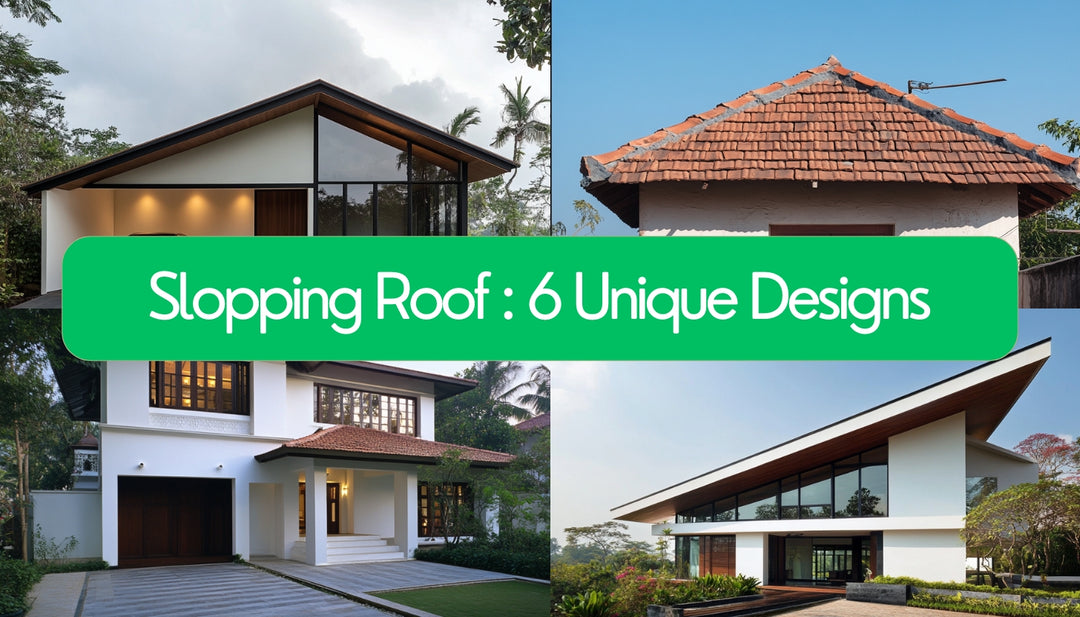
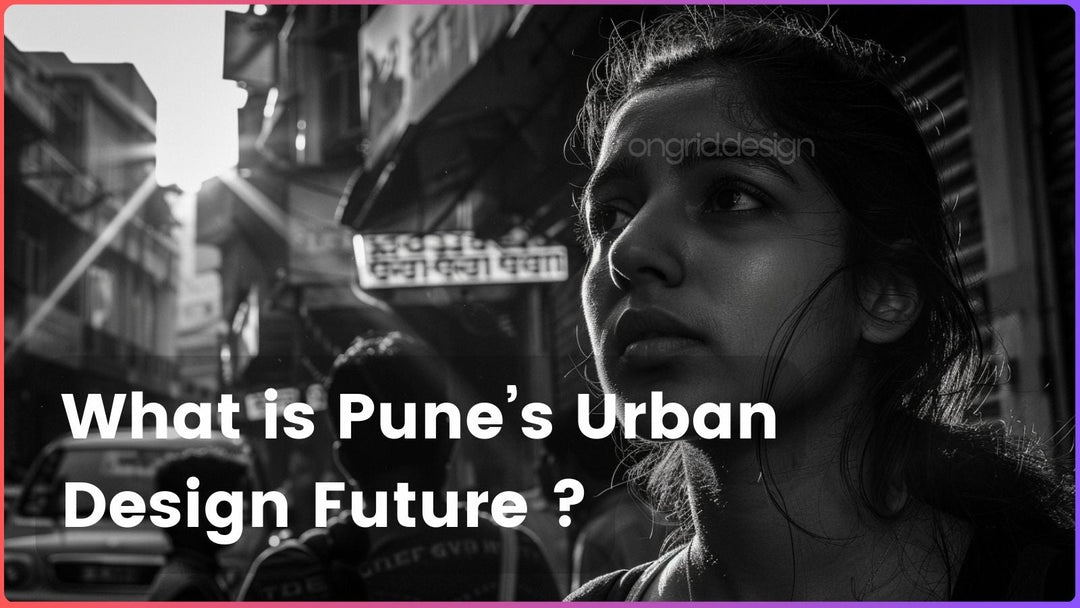
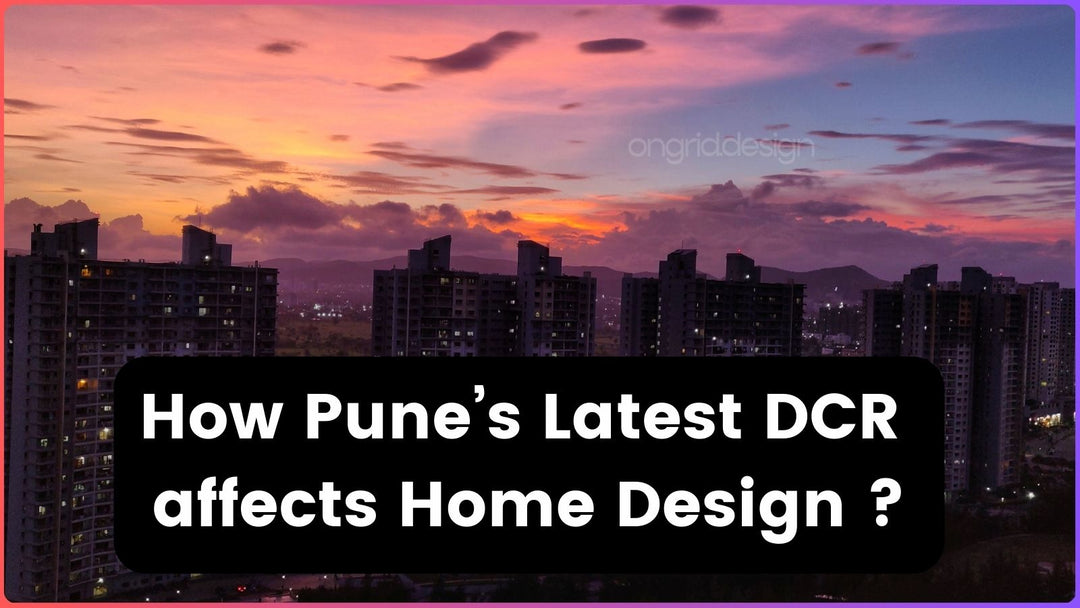
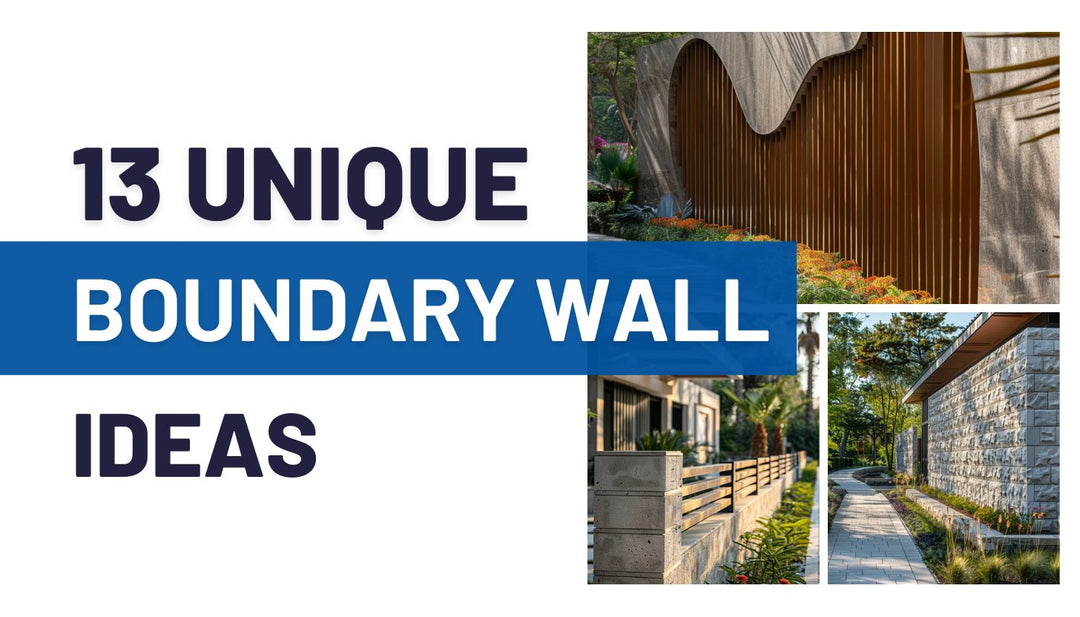
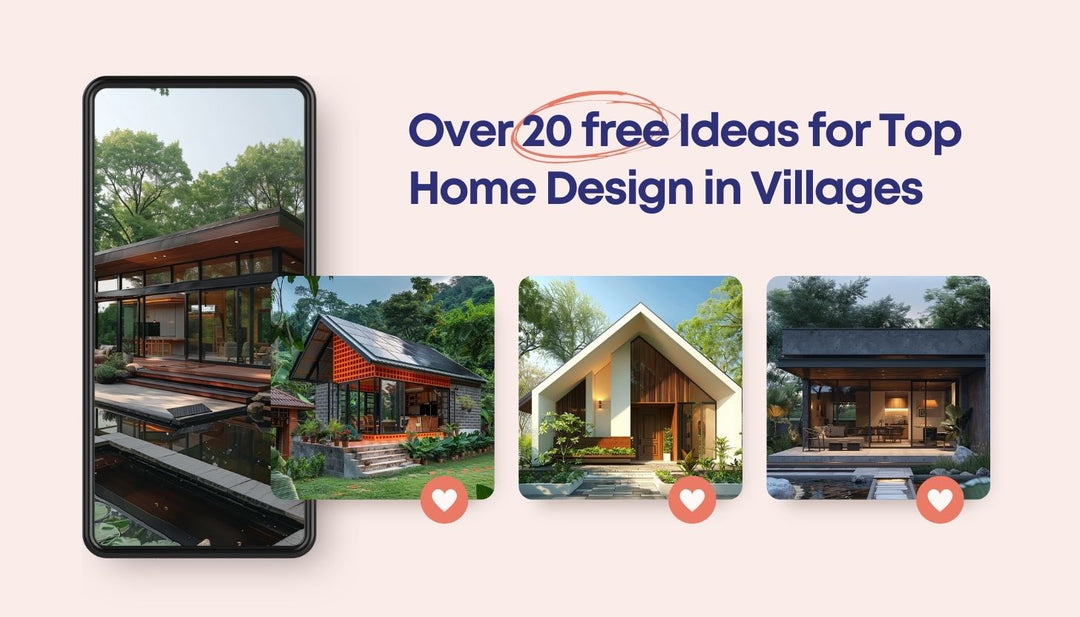

This is such an insightful post! Passive architecture is the need of the hour in India. Designing homes that use natural light, ventilation, and insulation not only saves energy but also creates healthier living spaces for the future. Truly inspiring approach!
Great insights on passive architecture! Embracing energy-efficient designs is crucial for sustainable living in India. Natural ventilation, thermal insulation, and local materials can truly make homes eco-friendly and cost-effective. Loved the practical tips!
Great insights on passive architecture! Emphasizing natural ventilation, solar orientation, and thermal mass can significantly reduce energy consumption. Such sustainable practices are essential for India’s climate and urban growth. Thanks for sharing this valuable guide!
Great insights on passive architecture! It’s exciting to see energy-efficient home designs gaining traction in India. Emphasizing local climate considerations and sustainable materials is crucial. Looking forward to seeing more eco-friendly homes that reduce energy consumption and enhance comfort.
Leave a comment